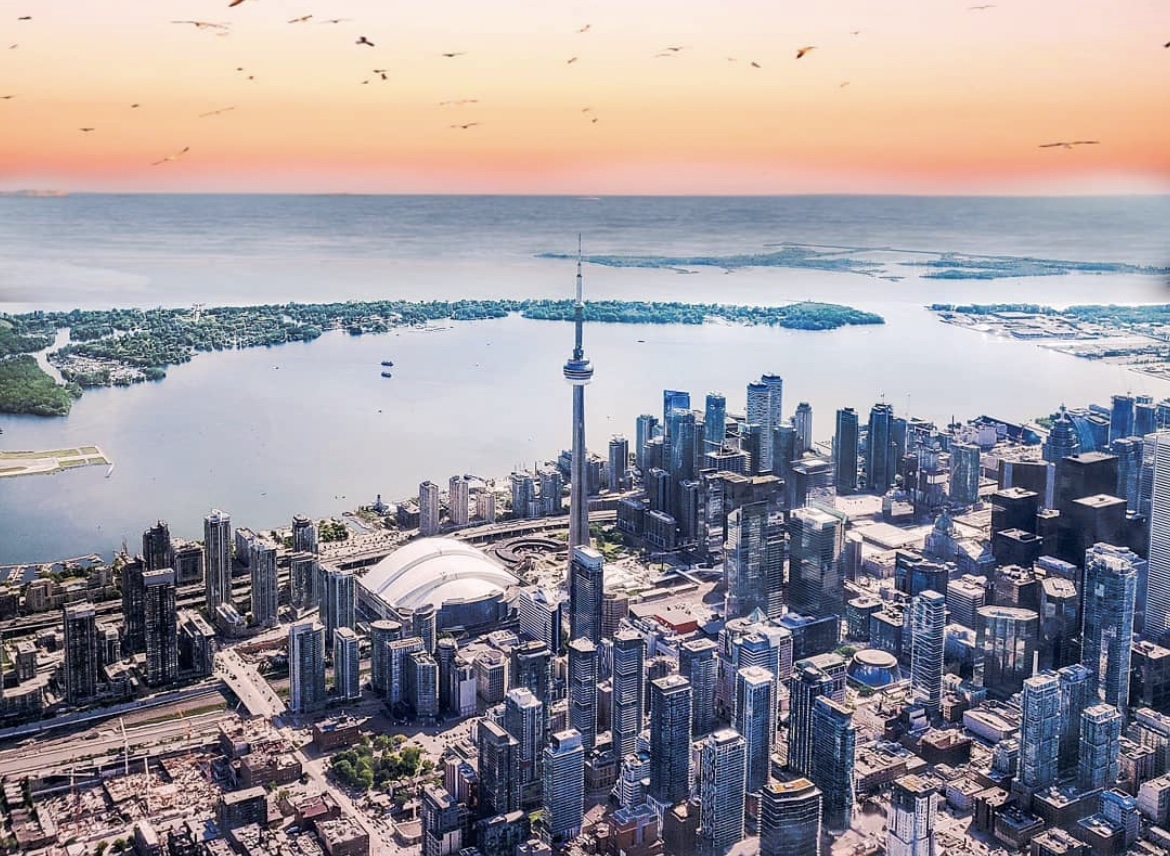How does living in the city effect our mental health?
Dr Benjamin Wolfe on how the features of our physical world can be better designed to accommodate our mental health.
An overwhelming majority of the world’s population, especially students, live in cities. For most of us, we can’t even remember a time before we lived in a city or a suburb. For some of us, the city we live in is intimately tied to our identities. The structure and atmosphere of big cities like Toronto, Shanghai, and New York City support the diverse need of an increasingly heterogenous population and is a place for individuals to pursue their dreams and expand their horizons more than their ancestors could have ever hoped.
Yet, living in cities comes with its own difficulties, such as crowding, a lack of nature, and pollution—just to name a few. A city is a place where a myriad of factors and individual differences unite to create unique challenges for each of us. More and more people find themselves isolated, unfulfilled, and struggling with poor mental health as an indirect consequence of living in a city. What does neuroscience and psychology tell us about cities and mental health?
The Medium spoke with Dr. Benjamin Wolfe, an assistant professor in the department of psychology whose present research focuses on the intersection of cognitive psychology and human factors. According to Dr. Wolfe, human factors is the intersection of engineering and psychology, focusing on the needs and requirements of the people who will use and interact with a device, technology or environment. Human factors take principles from psychology such as perception, information processing, attention, and memory to increase the utility of our built world. Insights from human factors psychology help to understand how our man-made world works to support or suppress mental health.
Studies in the past have suggested possible links between psychiatric disorders and the environmental profile of cities (which are characterized by fast-paced dense spaces), distance from greenery, and socioeconomic deprivation. Though many studies have looked at isolated and microenvironmental factors to investigate how they pose mental health risks, the scientific literature on how multiple urban factors relate to emotional and mood disorders is sparse. Due to the complexity of the psychosocial-environment-brain interactions, even fewer studies have rigorously investigated brain health and urbanization.
The social complexity of cities and the unique genetic variation of each individual are likely contributing factors that predispose individuals to bouts of loneliness, disconnection, mood instability, and anxiety. A robust study from 2022 found that an association between environmental factors—air pollution, distance from nature, and urban infrastructure—as well as anxiety symptoms, correlated with reduced brain size in key regions involved in emotional information processing. The study also found a link between differences in brain size and affective disorders in the context of industrial and social stress, which are rampant in urban spaces.
Dr. Wolfe says he’s “fundamentally interested in how we think and perceive the world.”
“Insights from human factors can influence urban design, and in particular, affordances, or the degree to which how something is designed guides or discourages a specific behaviour,” which Dr. Wolfe defines as the “degree to which a particular piece of design guides you to useful behavior or discourages you from not useful behavior.” As busy university students, we may not pay close attention to how the physical profile of our cities is built to influence our behavior. “Asking why the world is designed the way it is,” Dr. Wolfe continues, “and how does this encourage or discourage what I would want to [accomplish here] is an interesting thing to think about.” This question also guides current research in architectural psychology—insights that are critical in understanding the mental health profiles of city residents, and more importantly, what psychosocial interventions to utilize to help cope with the day-to-day stress of cities.
Depression and anxiety are cited as the most common mental health illnesses that correlate to living in a city, and new studies are corroborating the association between urbanicity and mental health struggles, as well as specific brain health factors. A study using data on urbanicity and common mental disorders from 191 countries found a positive, non-linear relationship between urban factors and depression, anxiety, and substance use disorders.
Though an increasing amount of research points towards links between psychological health and urbanization, Dr. Wolfe says it is “unlikely” that we will see “decisions we have made at the level of how we build cities or roads or sidewalks [having] specific mental health consequences.” However, what can be stated unquestionably is that the city is a complex and diverse ecosystem that serves as both an appealing and challenging environment for the human mind. For some, it is a place to thrive and seek boundless opportunities. For others, the city is akin to an urban cage that represses freedom or poses unique mental health challenges. The hope is that as urbanization increases, pursuing an interdisciplinary lens into psychological health in the city will improve the lives of those at risk and influence how cities themselves are built.
More research is needed to strengthen and better define the relationship between urbanization and mental health. Pursuing an intersectional investigative lens can be helpful in clarifying why mental health risks might be more prominent in the city as opposed to more rural areas. For example, how does the competition and social stress inherent in cities influence people differently? After all, a single-parent household living below the poverty line will handle the social stress of cities differently than an upper-class middle-aged couple with no kids. More robust research in this area can help identify unique personalized psychosocial risk factors that may influence how individuals react to social and environmental stress, and therefore, to cities as well.
Associate Opinion Editor (Volume 50) — Mashiyat (”Mash”) is a second-year student completing a specialist in Neuroscience and a double minor in Biology and Professional Writing and Communications (PWC). As an associate opinion editor, she hopes to use her voice to encourage others to write freely and unabashedly about the things that mean most to them. In her free time, Mash can be found striking up conversations with strangers in the city, cooking for her family, and being anxious about her nebulous career plans!


